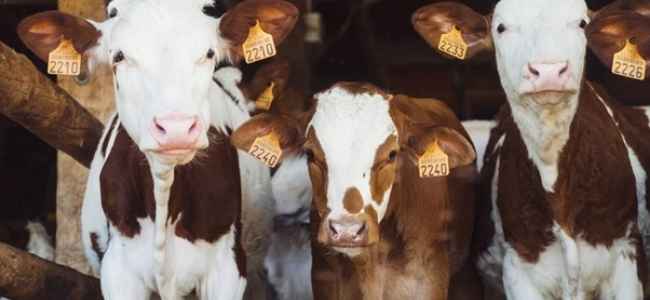There are around two million farms throughout the United States. Of these, more than 700,000 are dedicated to raising cattle and other livestock. If you operate a livestock farm or ranch, ear tags are crucial for your operation.
Ear tags allow you to track the animals on your farm. When done correctly, tags are a simple, comfortable identification method for animals. But how do you apply metal ear tags to your livestock?
Proper tag placement and application procedures are crucial. Continue reading below to learn the best methods for ear tag application.
Why Is Proper Tag Placement Important?
Proper placement of livestock tags is crucial because it protects the health of your animals. For example, improperly placed ear tags could cause eye irritation. This is because the tags could fall into the eye when the ears twitch, which may even lead to eye infections in some cases.
An even more serious issue is that livestock could tear out improperly placed tags on hay twine, heavy brush, and other things. This leads to a serious risk of infection at the application site.
Where Should the Tag Be Placed?
Before understanding the complete process, it’s essential to know where you should place ear tags. You’ll want to place all livestock identification tags in the middle of the ear, not the top or bottom. Aim to attach the tags between the upper and lower ribs of the ear.
If you’re using an electronic identification tag, you need to make sure the visual panel is pointed outwards on the back of the ear. You shouldn’t point the visual panel towards the front of the ear.
Process of Applying Ear Tags
Once you understand where your ear tag placement needs to be, the process of applying identification is straightforward. The steps, in order, are:
- Properly secure the animal, so they’re unable to move their heads (placing the animal in a chute is preferred)
- Identify the tagging site
- Use rubbing alcohol or a disinfectant on the ear and the tagging gun
- Place each half of the tag in its respective section of the tagging gun
- Check the alignment of the applicator by closing the gun’s jaw to ensure the two halves meet up properly
- Position the tagging gun over the identified tagging site
- Close the tagger in a firm, quick motion
- Release
- Examine the tag to ensure it’s positioned correctly, securely, and comfortably on your livestock’s ear
Once you’ve tagged your livestock, you’ll want to check the site once a day or every other day until it’s healed. This way, you can catch any signs of infection early, when it’s easiest to treat.
Want To Learn More About Livestock Ear Tags?
When livestock ear tags are correctly placed, they are a safe form of identification for your animals. However, applying them wrong could cause significant health problems for your livestock.
Would you like to learn more about livestock ear tags?
Check out our other blogs. You’ll find articles on livestock, farming, ranching, and related topics to help you learn more on the matter.


